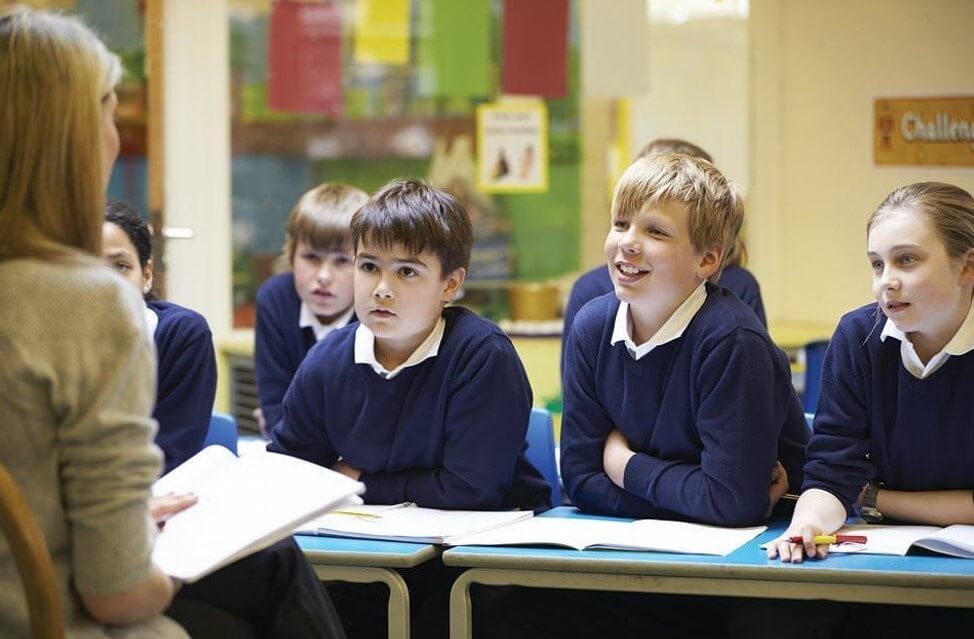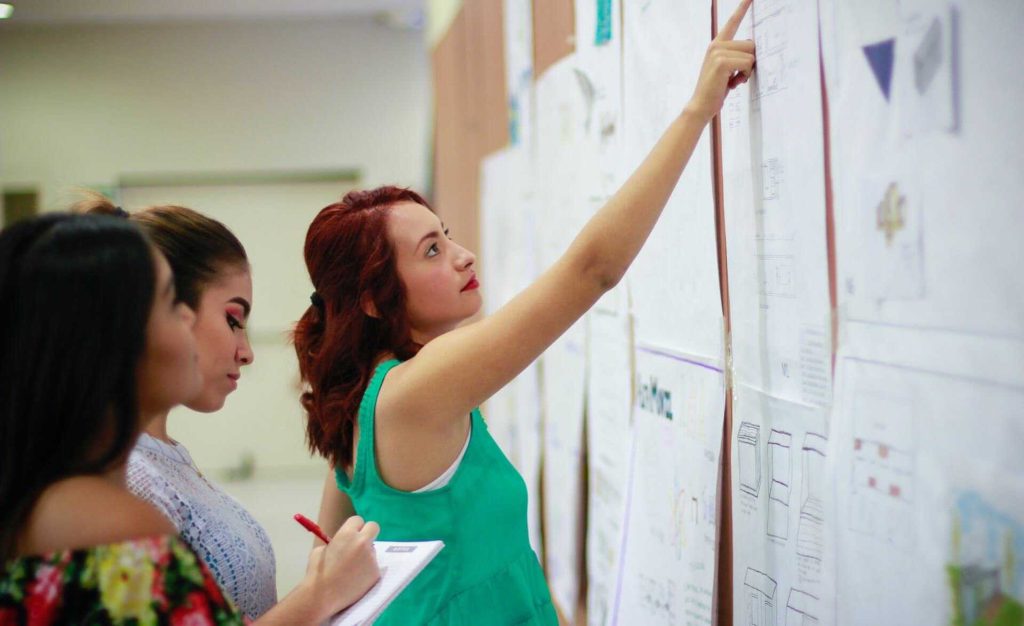Project-based learning (also known as project teaching) is a forward-thinking educational strategy that creates a more hands-on environment for students to learn. Students are fully engaged in the learning process rather than just repeatedly taking lecture notes and demonstrating knowledge by taking quizzes or tests.
This type of classroom instruction results in improved learning experiences for students and teachers.
How Does Project-Based Learning Work in the Classroom?
Project-based learning, or project teaching, is a strategy where the classroom participants choose between various projects or specific problems to solve. This teaching method finds the educator acting as a guide and a resource, helping to push students in the right direction but not solving the problem for them.
Successful completion of the project relies on the student’s ownership of it, instead of relying on a teacher simply delivering the lessons of the subject area via lectures or assigned readings.

Critical thinking skills are greatly enhanced when project-based learning is implemented in the classroom, and students gain many other valuable lessons from this type of learning.
Whether the project involves testing a scientific hypothesis, presenting a proposal to the school improvement committee, or creating a guide map for local Native American landmarks, project-based learning assignments are effective tools teachers can use to enhance the learning experience.
Characteristics of Project-Based Learning
Meeting Content Standards
To engage students in various ways, educators who implement project-based learning implement a variety of tactics in the classroom to ensure content standards are met.
Project-based learning promotes higher-order thinking and focuses on students of all ages and in all subject areas of disciplinary learning. Teachers can reach the academic discipline component in different ways.
Some educators consider the content standards first and then develop ideas for projects that tie directly to the subject area. Others might create a shortlist of tasks or problems to solve and then define how each relates directly to the standards.
Choice and Collaboration
When students choose among projects, they are encouraged to reflect on their skill sets and aptitudes. Teachers can and should guide students toward a project that may be the best natural fit, but the ultimate decision rests with the student, which creates a powerful sense of autonomy with their learning.
Collaboration also plays a vital role in project-based learning, when students may need to rely on their peers for assistance or even seek out other sources for help, such as the school librarian, a community expert in the subject matter, or a city or county official.

Younger students collaborating in groups sometimes struggle to define responsibilities and delegate work. Project-based teachers can step in to help these groups develop protocols and determine systems to ensure all members are participating, bringing unique talents to the project in a way that serves the group best.
Authentic Connections
Project-based teaching yields authentic connections between students and the world around them. In these classroom environments, students are actively involved in the “doing” rather than just consuming. Students build bridges between what happens in the classroom or project and how it connects to the outside world.
Great teachers remind students throughout the learning process how they can connect these learning experiences to not only the world but themselves. For example, a social studies teacher might give students several options to champion a specific event or group to their local lawmakers for historical recognition.
The student might choose veterans based on military service within their families or perhaps a group of notable early artists from the area representing their creative interests.

Reflection and Revision
Project-based learning should involve a great deal of reflection and revision, with teachers stepping in to guide students toward the best possible outcome.
Throughout the project or problem-solving exercise, teachers will remind students to pause and synthesize data, consider what is working (and what isn’t), and revise their plans as necessary. These skills translate directly to their experiences throughout their middle school and high school studies and in higher education or the workforce.
Students in project-based learning environments hone these critical skills from an early age, and the outcomes are beneficial to learning. Receiving and implementing constructive feedback from teachers allows students to practice revising and improving their plans.
Project-based teachers are constantly working to provide feedback; their physical presence in the classroom is focused more on moving around to students versus standing at the front of the room and lecturing.
How Project-Based Learning Enhances Technical Skills and Problem Solving

Project-based learning gives students the best possible opportunities for hands-on learning and the application of their own developing skill sets. In project-based learning classrooms, students are never “given” the answer.
Instead, they are equipped with the tools and resources to work toward discovering the solution. That path is not always straight, so teachers must stay actively engaged in steering the students when they need help getting back on track.
Project teachers help students develop critical thinking, data synthesizing, delegation, and task management skills. While working toward an ultimate solution to a problem, students get constructive feedback and opportunities to implement advice from their teachers and peers.
Project-based teaching requires a high level of engagement and energy from teachers. The payoff comes in a more engaged and focused classroom, with students who can apply academic discipline to solve real-world problems.




